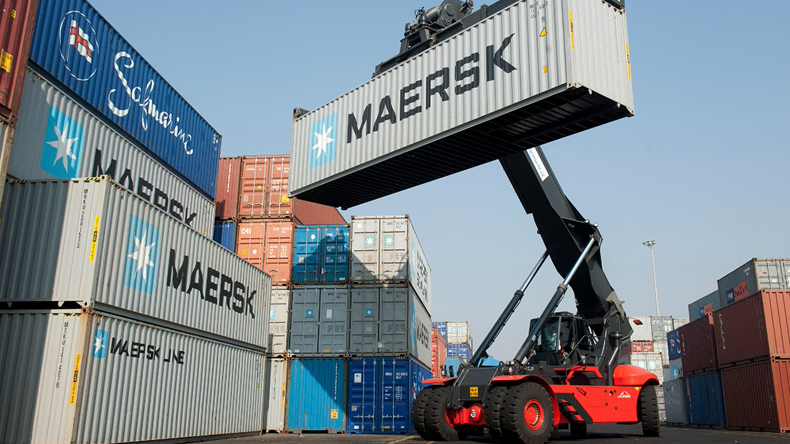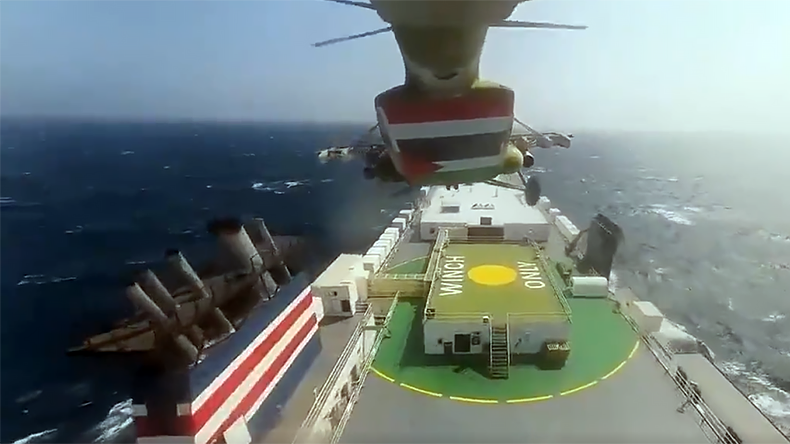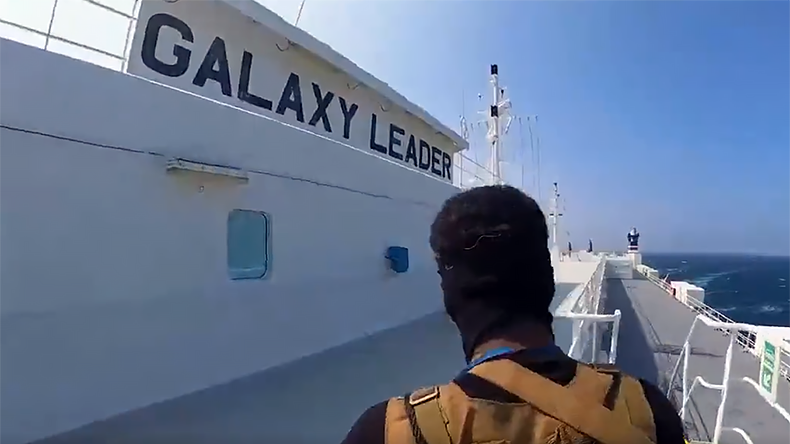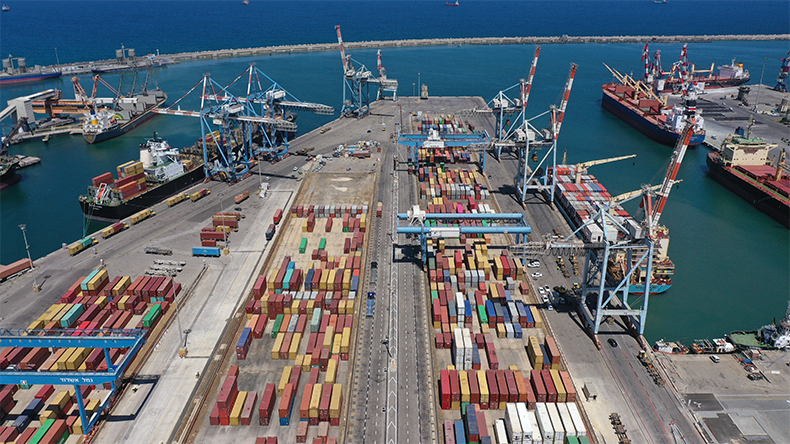Red Sea war risk rates soften as insurers price in Prosperity Guardian
Additional premiums steady or even slightly down as underwriters return to desks, confounding pre-Christmas expectations
Underwriters said to be seeking exact details of the rules of engagement
THE cost of hull war risk insurance for ships transiting the Red Sea has remained steady and even slightly softened on pre-Christmas levels, confounding earlier expectations of increased rates as underwriters return to their desks after the festive season.
The market appears not to have reacted either way to Operation Prosperity Guardian, the US-led Western naval intervention to ensure the safety of vessels in the key waterway, with some sources citing lack of details.
Attacks are, if anything, slightly down in frequency from last month, and pricing has reached the point where the associated degree of risk is seen as baked in, as far as most underwriters are concerned.
In consequence, additional premiums — known as APs in sector jargon — have settled at around 0.3%-0.35% of hull value for a single stand-alone transit, compared to a range of 0.3%-0.5% in late December.
But no claims bonuses of up to 50% are available, and larger fleets with transit volumes can cut considerably better deals. One large London broker cited gross rates of 0.15% for a round trip in the most favourable circumstances.
Meanwhile, underwriters are closely watching regional political and military events, particularly in Iran and Lebanon, and will react instantly should their assessment change.
With the whole region now seemingly volatile, underwriters’ biggest fears remain not only damage to vessels but the aggregation risk from sudden port closures, which could leave multiple vessels subject to blocking and trapping claims.
“While Operation Prosperity Guardian was a welcome announcement to the market, there has been a significant lack of detail following,” said Munro Anderson, head of operations at Vessel Protect, Pen Underwriting’s hull war risk affiliate.
“Details around tangible asset allocation from contributing states alongside the mandate of the operation are vital in order to restore confidence.
“A key question being asked is whether the operational mandate is centred on deterrence, active defence or offensive action.”
Naval vessels with the capacity to prevent drone and missile strikes are key in this respect, Anderson added. However, the Houthis possess a number of capabilities that are difficult to mitigate.
Underwriters would like to see comprehensive rules of engagement and established and published protocols that would let owners know exactly how their vessels will be secured in transit, he said.
In cash terms, current APs are still a significant hit for shipowners. They could put as much as $455,000 on the cost of each voyage for a brand new $130m VLCC and £525,000 a trip for a brand new $150m boxships.
Premiums for less valuable tonnage will be pro rata, and past experience suggests this level is not enough to deter profitable fixtures, especially if the cost can be passed on to shippers.
A number of liner companies initially asked customers for a war risk surcharge, typically of the order of $40-$50 per teu. But Maersk, Hapag-Lloyd and most other liner major are now opting to divert via the Cape of Good Hope, a route that adds seven to ten days to east/west transit times.
Maersk has decided to levy a transit disruption surcharge of up to $450 per container to cover its costs.
Frédéric Denèfle, managing director of continental Europe war risk consortium GAREX, said: “Liner operators, after some hesitations, are not prepared to transit through the area but some other types of shipping are keen to go down the route and can find insurance against war.
“Some cargo war insurers have reacted to the situation asking for specific premium to transit the area. The Suez Canal Authority can see the traffic decreasing but not disappearing.”
Red Sea APs typically stood at a nominal 0.05% prior to the onset of the Gaza fighting in early October, and in practice, many underwriters waived them altogether, as the risks were largely seen as theoretical.
But with the outbreak of fighting, they rose to 0.1% to 0.2%, with uplifts of up to 250% of that figure for Israeli owners, who have been singled out in Houthi rhetoric. Some underwriters were unwilling to cover Israeli owners at all.
With Red Sea transits unavoidable for anyone using the Suez Canal in either direction, a hijack and a spate of missile and drone assaults on commercial tonnage launched by the Houthi faction in control of western Yemen led to a further spike. The latest feedback indicate that they have since come off the boil.
By way of comparison, quotes for the Black Sea — where bulkers exporting Ukrainian grain have been declared a legitimate military target by Russia — remain at between 2.5% to 3%, despite there having been no attacks of late.
The key difference is that marine Red Sea war risk is still readily reinsurable. By contrast, Black Sea and Ukrainian port calls have to be written “net line”, with the full payout at an insurer’s own expense.
A meeting of the Joint War Committee in London last month extended the parts of the Red Sea subject to additional premiums, known as APs in industry jargon. The move had been widely expected.
Israel’s tax authorities have issued a “to whom it may concern” letter, proclaiming willingness to pay compensation for 100% of actual damage inflicted on any Israeli or foreign vessel in Israel’s economic waters.
Actual damage is defined as the difference between the value of an asset before being damaged and the value of an asset after being damaged. The wording explicitly includes “acts of hostility against Israel” or “acts of war by the Israel Defence Forces” in the extent of cover.
“One can expect that the threat will remain but that marine war insurers will still provide support under a tougher rating approach,” Denèfle added. “The situation might really get more complex if the war expanded in the Middle East.”
We will have to wait and see and gather as much as possible information on the attacks and collect advice from the navies involved on the safest way to navigate in the area.”







